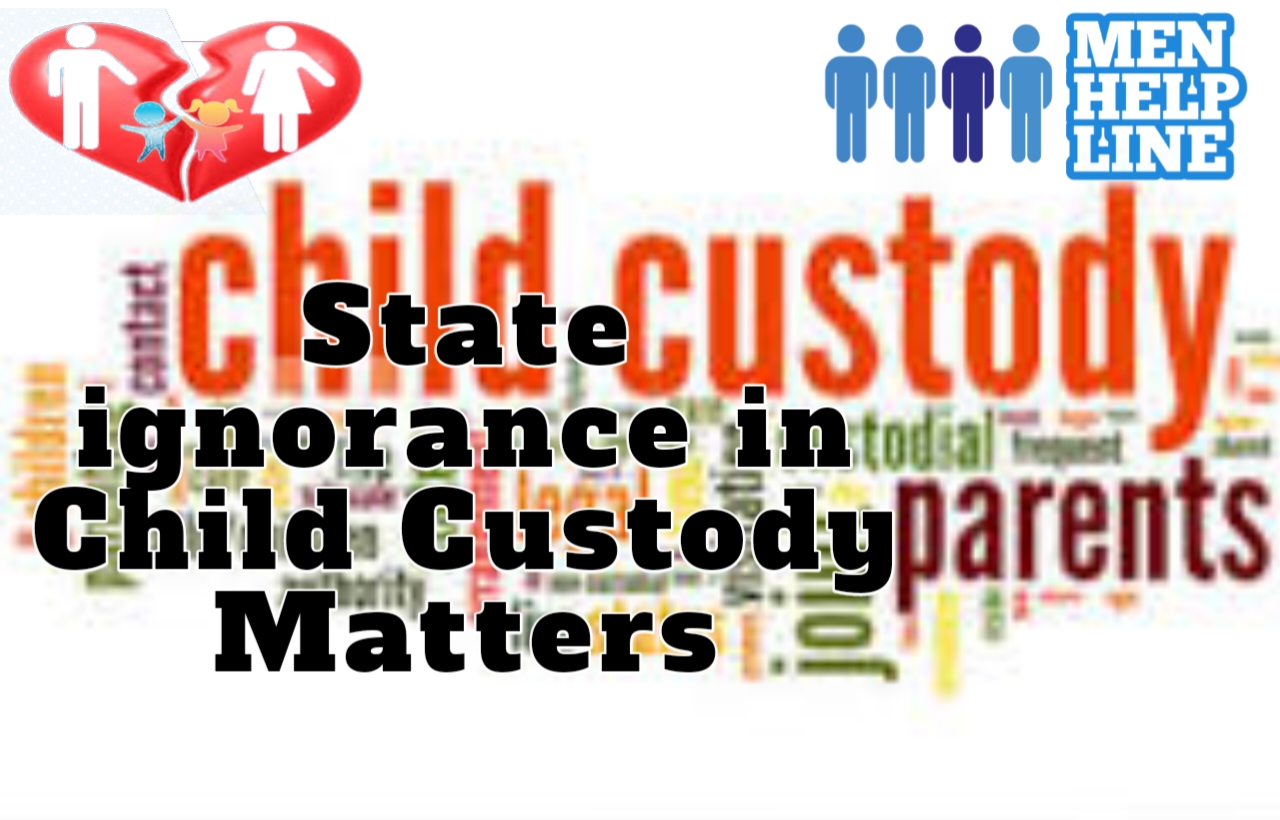
The neglect by State agencies in child custody matters has created a legal environment where the court system is overwhelmed, and the rights of children are not fully protected. While frameworks such as the Juvenile Justice Act, 2015 exist to empower these agencies, their lack of involvement in these cases has left a significant gap in the protection of children’s rights.
In the rapidly evolving world, societal structures are undergoing significant changes. With increasing rates of separation and divorce, the issue of child custody has become one of critical importance.
The courts are the traditional avenue for resolving child custody disputes, there is a growing concern that State agencies dealing with child rights has been established to protect children’s interests—are being largely overlooked in the custody matters. This neglect not only undermines the protection of children but also leads to an overburdened judicial system.
Ignorance by State and its Agencies in child custody matters
At present, the majority of child custody cases are referred directly to the courts. Although the courts are the Supreme authority and also made responsible for ensuring the welfare of the child but ignorance of agencies expertise is a failure of system. What’s even more troubling is that State Child Rights Agencies are expert in children matters but still the custody matter dealt at court.
Various National instruments exist that empower State bodies to intervene in matters of child rights, yet these agencies remain underutilized. For instance, the Juvenile Justice Act of 2015, which was created to align with international standards such as the UN Convention on the Rights of the Child (CRC), provides a legal framework for child protection. The Committees formed under this act are experts in child welfare issues and are well-equipped to address complex child custody matters. Despite this, most child custody disputes are still being funneled into the court system.
The Juvenile Justice Act, 2015: A Framework for Child Protection
The Juvenile Justice (Care and Protection of Children) Act, 2015 was introduced to ensure that children in vulnerable situations are protected and cared for. Not only does the Act address children who are in conflict with the law, but it also provides for the care of children in need of protection.
Key provisions, such as Section 2(14), define a “child in need of care and protection” as any child who is homeless, living on the streets, or residing with an unfit guardian. This means that even in custody matters, where there is doubt about the suitability of a guardian, or issue like ignorance or the cause which may affect the child welfare, the State Child Rights Agencies have a clear mandate to step in and ensure the child’s welfare.
Section 2(14)(iii) further expands on this by allowing intervention even when the child resides with a person who may and may not be the biological or legal guardian. The act is comprehensive and could be effectively used to handle complex custody issues without involving the courts in every instance. However, the lack of interest or proactive engagement by State bodies means that courts remain the primary venue for these disputes.
State Neglect and the Supreme Court’s Intervention
The failure of State Child Rights Agencies to actively involve themselves in child custody matters stems from a broader issue of State neglect. Despite the simplified and child-friendly processes available through these agencies, the absence of clear guidelines and a lack of will from the State to enforce the law have rendered them ineffective in this area.
Considering the state ignorance towards the child welfare, the Supreme Court intervened in 2015 to oversee the establishment and functioning of essential child protection bodies. These include Juvenile Justice Boards (JJBs), Child Welfare Committees (CWCs), Special Juvenile Police Units (SJPUs), and Child Care Institutions (CCIs). Furthermore, the Court mandated that the vacancies in critical organizations like the National Commission for Protection of Child Rights (NCPCR) be filled, ensuring that there is no hindrance in protecting children’s rights.
Additionally, the Supreme Court played a pivotal role in finalizing the format for social audits to ensure that these child protection bodies function as intended. This landmark decision aimed to revive the State’s responsibility towards child rights and ensure that these bodies are not just names on paper but active participants in securing the future of children.
The Road Ahead: Strengthening Child Rights Agencies in Custody Matters
For a holistic solution to child custody disputes, it is imperative to reimagine the role of State agencies. By leveraging the expertise of Child Welfare Committees, the child custody matters can be addressed more efficiently, with the best interests of the child as the priority. And then there should be provision to bring the matter before Court in case the CWCs fails in dealing the matter within the stipulated timelines.
The first step in this direction is the creation of clear guidelines that define the involvement of these agencies in child custody disputes. State Child Rights Bodies need to be proactive and step in early when child custody issues arise, particularly in cases where the child’s welfare is at risk. This not only relieves the burden on courts but also ensures that children are treated with the care and consideration they deserve.
Conclusion
It is time for State bodies to step up, issue guidelines, and take active responsibility in child custody disputes to ensure that the focus remains on the welfare of the child. The Supreme Court’s intervention has been a positive step, but sustained efforts from all stakeholders are needed to create a child-friendly legal system that truly upholds the rights of children.



